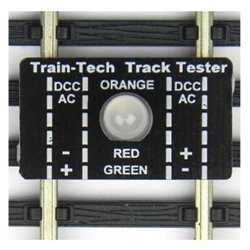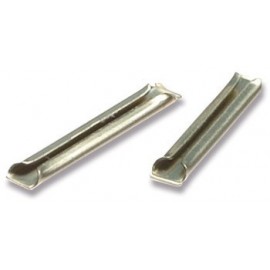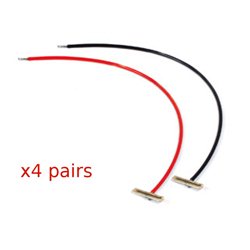There are many reasons why model trains derail, sometimes it's a track fault, sometimes it's because the train isn't...
No products
Product successfully added to your shopping cart
There are 0 items in your cart. There is 1 item in your cart.
Search Tips
Christmas and New Year
We are dispatching orders every weekday apart from Christmas Day, Boxing Day and New Year's Day.
If you order is time critical, select next day delivery at checkout.
The shop in Sandown is closed from 25th December, reopening on 30th December.
What is voltage drop on a big layout?
Voltage drop is the decrease of voltage in an electrical circuit.
On a model railway layout and it layman's terms, it is when the current can not make it all the way around the track. This is mostly caused by the resistance of the track and fishplates carrying the current.
The consequences are noticeable: it could be as subtle as your locomotive slowing or even coming to a complete stop. This is also likely to affect accessories such as signals.
This is easily remedied by adding power feeds from the higher voltage part of the track to the part of the track that is affected by the power drop.
Depending on the size of your layout you may need to do this on several sections of the track.
Click here to receive the tips weekly in your mailbox. You can unsubscribe at any time.










